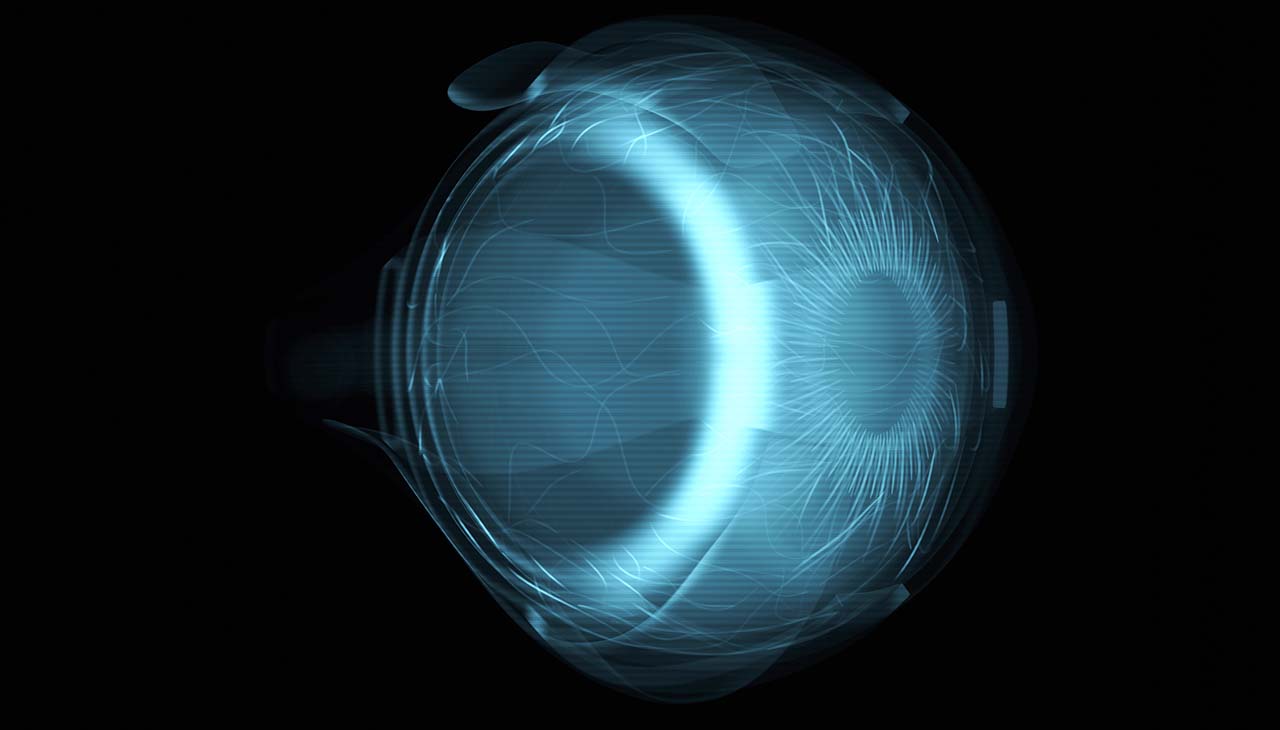Night vision technology, once a cutting edge military tool, has permeated various aspects of our lifestyle, revealing the unseen depths of the dark. This technology, a product of scientific ingenuity and innovation, allows us to pierce the veil of darkness and explore the world in ways previously unthinkable. In this article, we will delve into the science behind night vision technologies, their evolution, and the myriad ways they impact and augment our nighttime experiences.
Understanding Night Vision
In low-light conditions, the human eye adapts to see with a degree of clarity. This is primarily achieved through the performance of rods, specialized photoreceptor cells in our eyes. Unlike cones, which are responsible for color vision and function best in bright light, rods are more sensitive to light and specialized for nighttime and peripheral vision. However, despite this adaptive feature, natural human night vision is limited. The human eye struggles to discern color in the dark, and peripheral vision becomes the main source of visual information, leading to a phenomenon called night myopia or “night blindness”. Furthermore, our eyes take time to adjust to sudden changes in light, such as when moving from a well-lit space to darkness, further limiting vision capabilities in low-light conditions.
Evolution of Night Vision Technologies
Night vision technology has come a long way since its early inception. The development of night vision can be traced back to World War II when the U.S. military sought a tactical advantage during nighttime operations. The first generation of night vision devices, known as “Generation 0”, made use of active infrared. This meant that they used a source of infrared light to illuminate targets. However, these devices were cumbersome and had a limited range.
With the Vietnam War came significant advancements. “Generation 1” devices emerged, which relied on ambient light instead of infrared light, making them passive devices. They amplified the available light to improve vision, but they were large and required moonlight to function effectively.
The technology took another leap forward in the 1970s with the advent of “Generation 2” night vision. These devices introduced the Micro-Channel Plate (MCP), a component that significantly boosted light amplification, making them not only more efficient but also more compact.
Today, “Generation 3” and “Generation 4” devices are the most advanced in the market. They offer high-resolution images in almost complete darkness, and their high light amplification and sensitivity make them ideal for a variety of applications, from military use to wildlife observation. With each generation, night vision technology becomes more refined, enhancing our ability to explore and understand the world after dark.
Types of Night Vision Technologies
Image Intensification
Image intensification is one of the most common types of night vision technology. It works by capturing faint starlight, moonlight, or infrared light and amplifying it to levels that can be discerned by the human eye. The heart of an image intensifier is the Image Intensifier Tube (IIT). This tube comprises a photocathode that converts photons into electrons, a microchannel plate for electron multiplication, and a phosphor screen that converts the multiplied electrons back into visible light. Image intensification technology is widely used in night vision goggles and scopes, allowing military personnel, hunters, and wildlife enthusiasts to navigate and observe under low-light conditions.
Thermal Imaging
Thermal imaging, unlike image intensification, does not rely on light at all. Instead, it captures the infrared radiation, or heat, emitted by objects. Every object, living or inanimate, emits thermal radiation, and the intensity of this radiation increases with the object’s temperature. A thermal imaging camera captures this radiation and translates it into an image, with different colors representing different temperatures. This technology has various applications, from detecting heat loss in buildings, to night surveillance, to medical diagnostics, offering the advantage of “seeing” in total darkness, through smoke, and even in certain types of fog.
Infrared Illumination
Infrared illumination is a technology that uses infrared light sources to enhance night vision capabilities. These light sources emit light in the infrared spectrum, which is invisible to the naked eye but can be detected by night vision devices. Different types of infrared light sources are used, from infrared LEDs for short-range illumination to laser diodes for long-range illumination. The infrared light illuminates the scene, and the reflection is captured by the night vision device, enabling visibility in total darkness. It is particularly effective in indoor surveillance systems, wildlife observation, and in any situation where ambient light is insufficient for other types of night vision technologies.
Advancements in Night Vision Technologies
The realm of night vision technologies continues to see rapid advancements, offering more refined, compact, and integrated solutions. Enhanced image resolution and clarity have been a significant focus, leading to the development of devices that can produce high-definition images in almost total darkness. These improvements are primarily driven by advancements in sensor technology and image processing algorithms, providing users with highly detailed visual information in low-light environments.
Furthermore, contemporary night vision devices have experienced a considerable reduction in size and weight. This evolution is due to miniaturization of components and efficient design practices, making these devices more portable and comfortable to use for extended periods. Smaller, lighter devices have expanded the range of applications of night vision technology, enabling integration into personal gadgets and wearable technology.
Integration of night vision with other technologies, such as augmented reality (AR), represents another leap forward. By overlaying digital information onto the physical world, AR provides an enriched experience to the user. Combining AR with night vision technology can provide valuable real-time insights in low-light conditions, helpful for tasks such as navigation, surveillance, or wildlife observation. For instance, a soldier in a war zone could use an AR-enabled night vision device to identify targets, read maps, or receive mission updates in the dead of night.
With each advancement, night vision technologies continue to redefine our interaction with the world after sunset, making the unseen visible and expanding our understanding of the world under the shroud of darkness.
